A Five Forces analysis can help companies assess industry attractiveness, how trends will affect industry competition, which industries a company should compete in — and how companies can position themselves for success.
Continue reading
Belajar satu hal baru setiap hari


A Five Forces analysis can help companies assess industry attractiveness, how trends will affect industry competition, which industries a company should compete in — and how companies can position themselves for success.
Continue reading
Use cases are often graphical, and use case diagrams are supported by text descriptions, including use case and participant descriptions, as well as scenarios associated with use case templates that make use case methods simple and intuitive and ideal tools for discussing and clarifying developers’ understanding of user needs.
Continue reading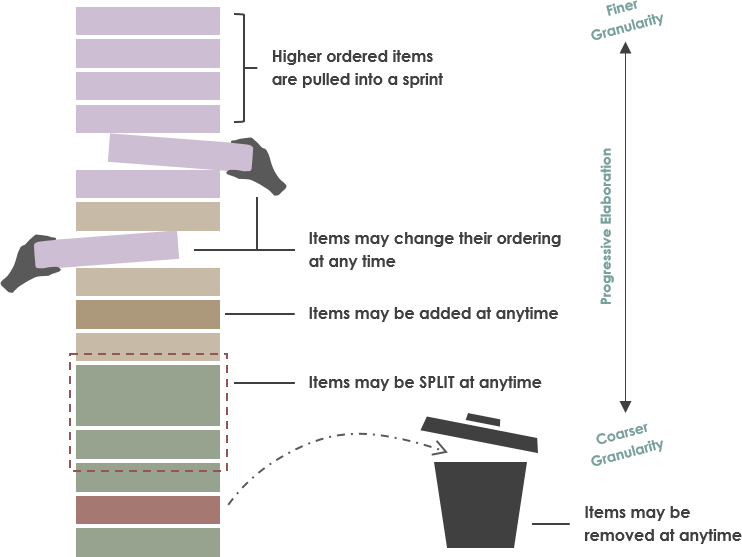
It’s important to prioritize your product backlog to make sure it doesn’t become an open-ended list where everyone has random ideas about your product. Your to-do list needs to be structured, organized, and prioritized to identify the most strategically important things for your team to do. In this article, I introduce the 100 Points method for product backlog refinement activities.
Continue reading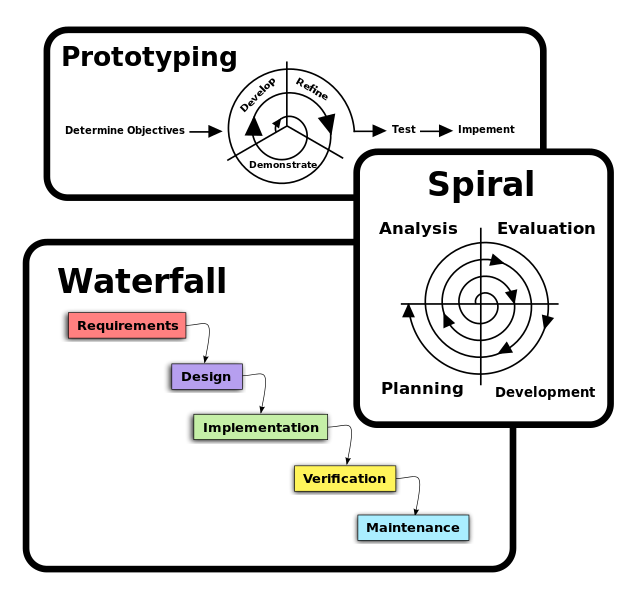
In software engineering, the software development lifecycle is the process of dividing the software development effort into smaller, parallel or continuous steps or sub-processes to improve design, product management. This approach may include predefined specific deliverables and artifacts that the project team creates and completes for the development or maintenance of the software applications.
Continue reading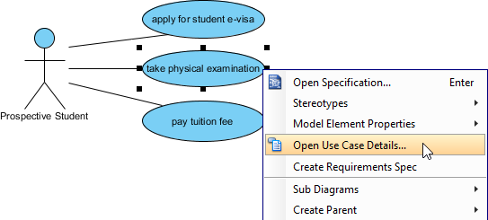
Use case modeling is a technique for capturing, modeling, and specifying system requirements that correspond to a set of behaviors that the system may perform when interacting with actors. These behaviors produce observable results and help achieve their goals. Use cases are named for the specific user goals of the principal actors, which in turn describe or explain the general order of activities and events, as well as variations in special conditions, exceptions, or error conditions, through textual description.
Continue reading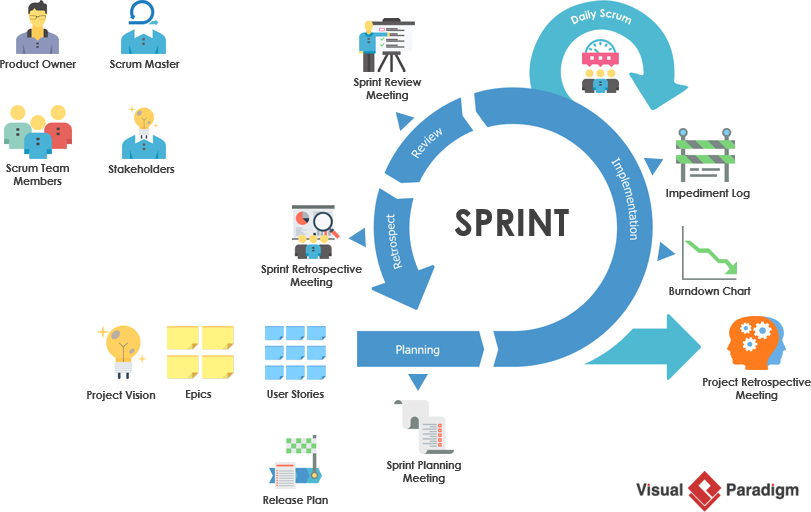
Scrum compares a software development team to a football team. It has a clear and highest goal, is familiar with the best model and technology required in the development process, has a high degree of autonomy, close communication and cooperation, and ensures to solve various challenges every day with a high degree of flexibility; Each stage has a clear progress towards the goal.
Continue reading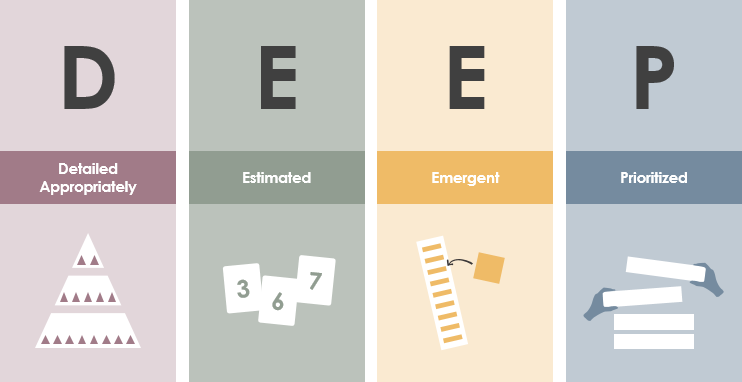
The product backlog lists all the features, functions, requirements, enhancements, and fixes required for the product releases. Product backlog projects have the attributes of description (appropriately Detailed), story points (Estimates), and orders (Prioritized). They must be continuously added, deleted, and updated (Emergent) in the backlog, and reflect the understanding of the team backlog in a timely and appropriate manner .
Continue reading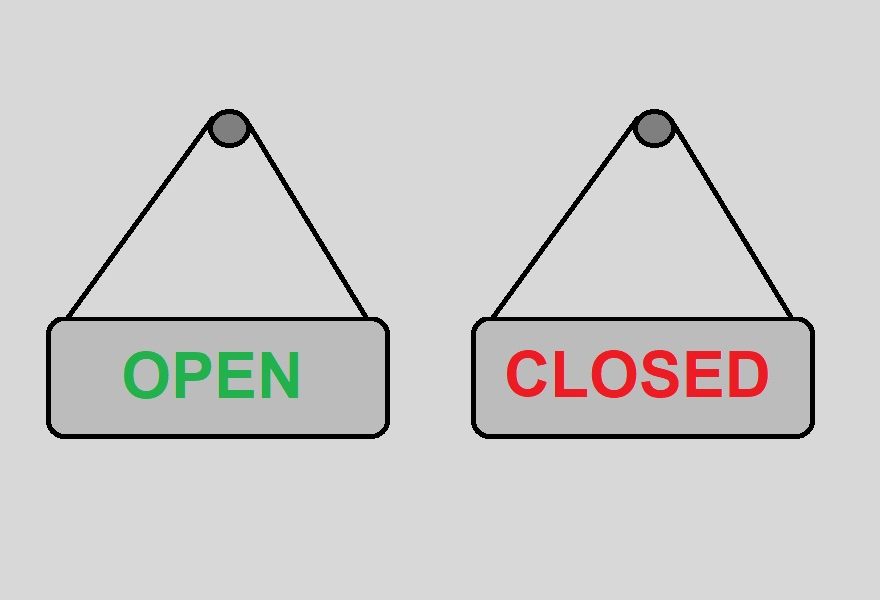
The Open / Closed Principle is the most basic design principle in the software development world. It guides us how to build a stable and flexible system. A software entity such as class, module, and function should be open for extension and closed for modification.
Continue reading
Although data flow oriented modeling is considered as an outdated technology by some software engineers, it is still one of the most widely used requirements analysis symbols. Although data flow diagrams (DFDs) are not formal parts of UML, they can be used to supplement UML diagrams and provide additional insight into system requirements and processes.
Continue reading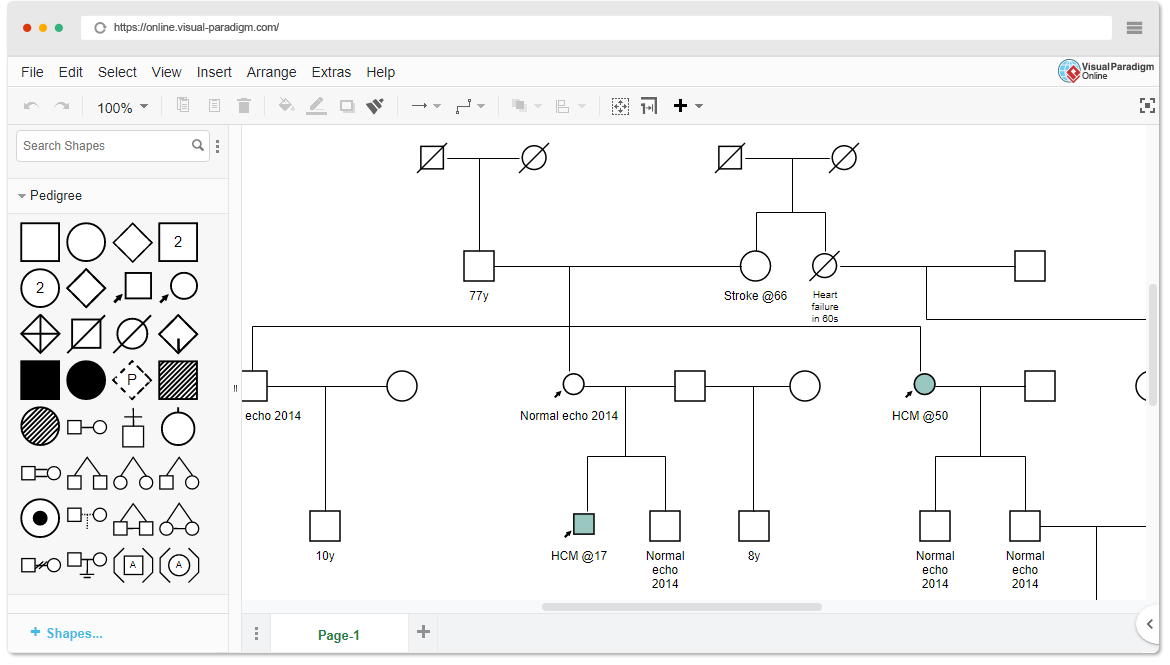
An important tool for geneticists is genealogy. For example, you can use genealogy to track the genetic characteristics of each generation of a family. This is a family history and details about previous generations, which may become uncertain as memory fades.
Continue reading